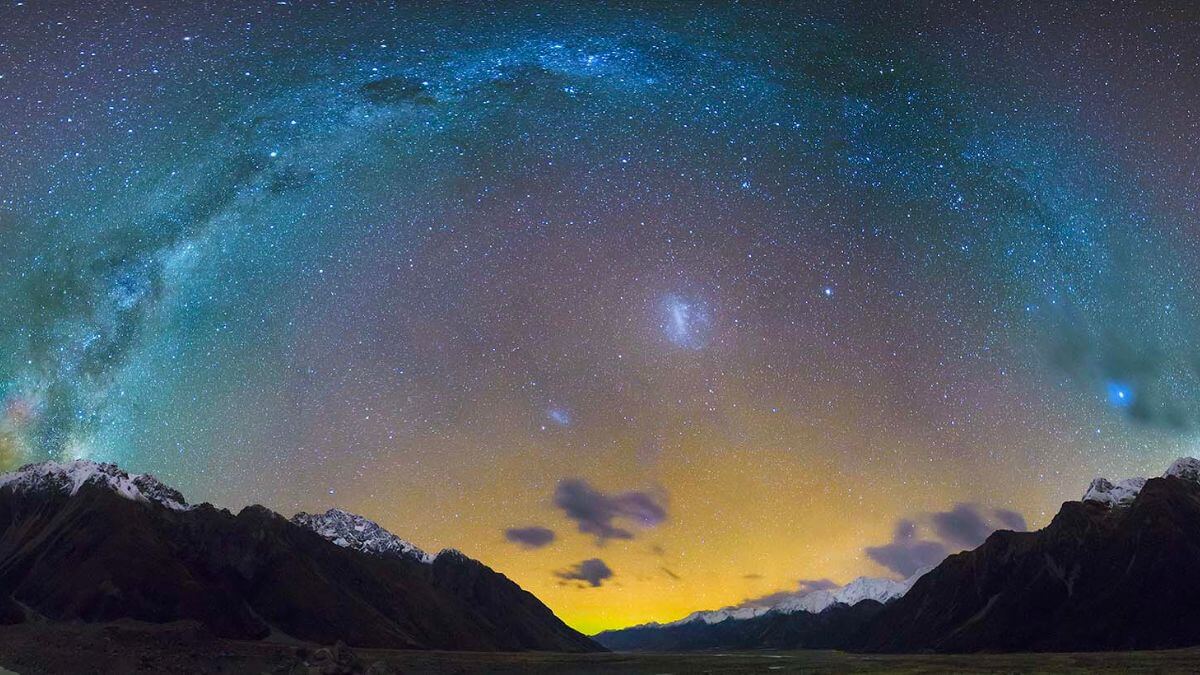These are the greatest seven stargazing destinations in New Zealand, ranging from prime southern lights viewing on Stewart Island to the beachy escape of Twharanui near Auckland.
Aotea, Hauraki Gulf – Best Stargazing Spots in New Zealand
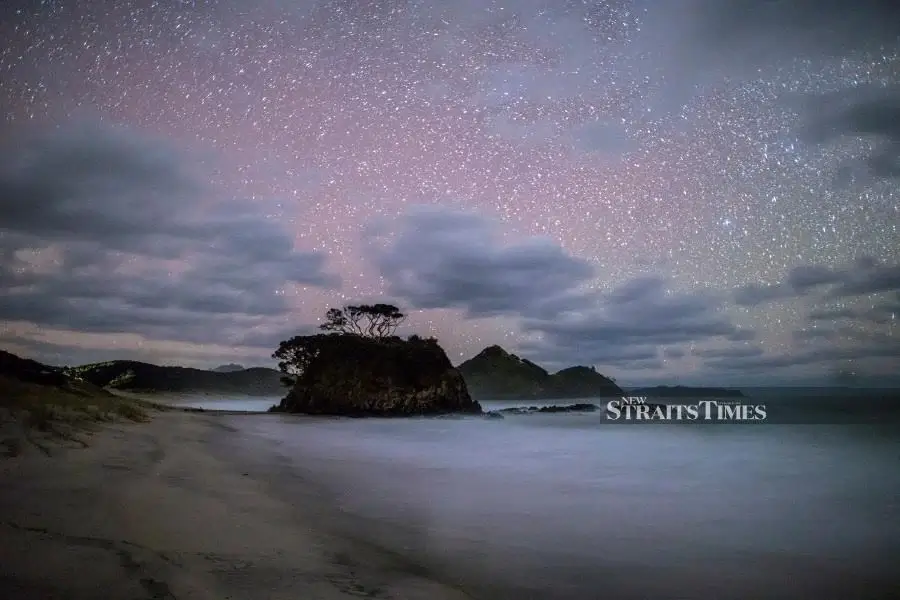
Aotea means “white cloud” in Mori, but don’t be fooled by the name. Because of its secluded location, this island features some of New Zealand’s finest dark sky. Aotea (AKA Great Barrier Island), the country’s sixth-largest island, is as remote as it gets for a really private and peaceful astronomy experience. The island’s 1,000 occupants must generate their own electricity using solar, wind, or gas, and there are no streetlights, creating the ideal low-light setting for stargazing. The island is also noted for its rugged, unspoilt beauty, with steep forested hills, ponds, and sandy bogs. The International Dark-Sky Association designated it as the first Dark Sky Sanctuary in the world. Getting there, on the other hand, isn’t as difficult as it seems. Simply take a ferry or a short flight from Auckland, the largest city in New Zealand.
Aoraki Mackenzie International Dark Sky Reserve, Canterbury
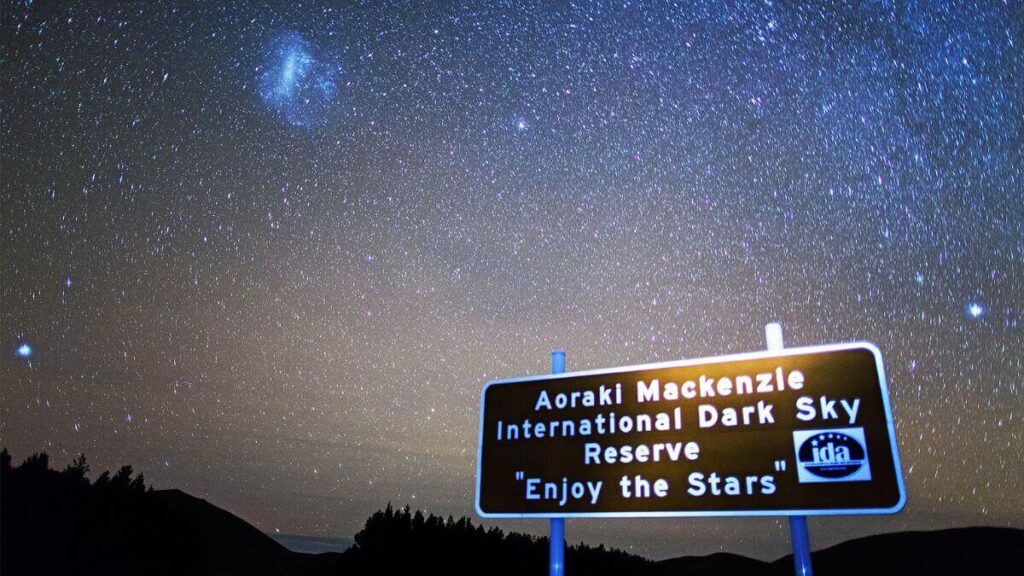
The Aoraki Mackenzie Dark Sky Reserve, which includes Aoraki/Mount Cook National Park and the Mackenzie Basin, is the first reserve to be granted gold status, indicating that light pollution is almost nonexistent. Outdoor lighting settings help to preserve energy, protect local species, and maintain sky purity and darkness. The island’s first inhabitants, the Mori, used the night sky to navigate the island and incorporated astronomy and star lore into their society. Many visitors to the reserve opt for a stargazing trip, where they can see and learn about constellations seen exclusively in the southern hemisphere, such as the Southern Cross and Magellanic Clouds.
Tongariro Alpine Crossing, Central North Island
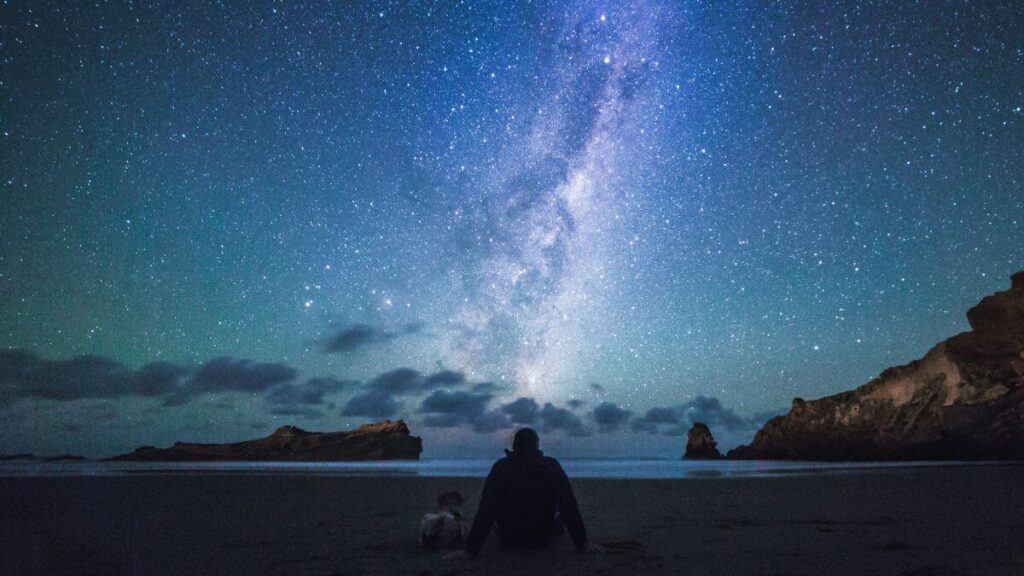
The Tongariro Alpine Crossing in Tongariro National Park on the North Island is widely regarded as one of the best hikes in the world, because to its stunning volcanic terrain and vibrantly colored lakes. It’s much wonderful at night. Not only will you be able to avoid the crowds, but you will also be able to enjoy one of the country’s top stargazing locations. Nothing beats watching the vault of stars against the magnificent backdrop of Mount Ngauruhoe, Mount Tongariro, and Mount Ruapehu. Except for perhaps climbing all the way to the geothermal Red Crater and staying long enough to watch the sunrise. Because snow and ice cover much of the crossing from May to October, unless you’re an expert ice climber, you’re best off going in the summer.
Wairarapa, Martinborough – Best Stargazing Spots in New Zealand
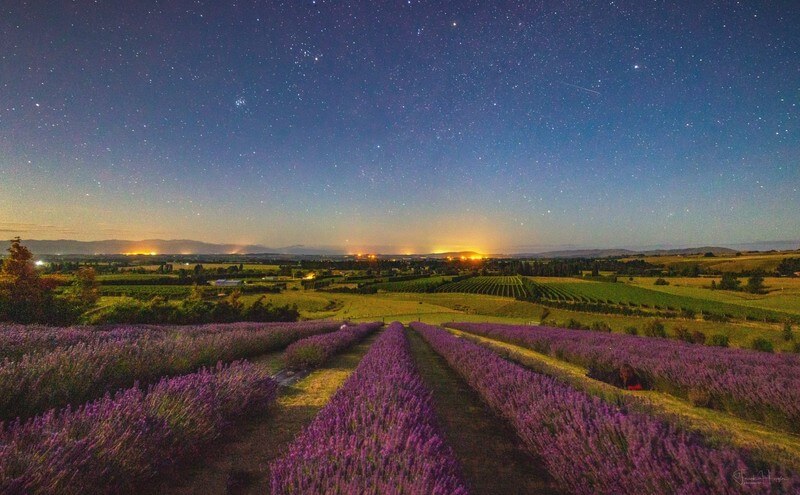
Martinborough, which has some of the purest and darkest sky in New Zealand, is vying to become an official Dark Sky Reserve due to its efforts to reduce light pollution. Castlepoint, a small coastal hamlet, is one of the best sites in the area for stargazing and viewing the Milky Way — and the Castle Point Lighthouse provides a beautiful backdrop. Stonehenge Aotearoa, New Zealand’s only open-air astronomical observatory, and an Under the Stars guided tour also offer excellent dark-sky viewing.
Rakiura, Southland – Best Stargazing Spots in New Zealand
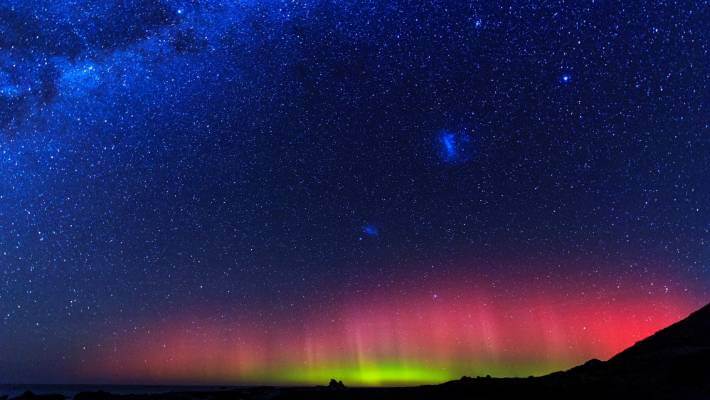
Rakiura, commonly known as Stewart Island, is another New Zealand island ideal for stargazing. It is considered one of the best sites in the world to see the southern lights. The name “Rakiura” means “glowing skies,” and the island was named a Dark Sky Sanctuary in 2019, with 85 percent of the island classified as a national park. Rakiura, like many outstanding certified Dark Sky destinations, has very low light pollution and a small population of only 400 permanent people. The best vantage on the island is the aptly called Observation Rock, which is only a half-hour walk from Oban.
Otago Peninsula, Dunedin
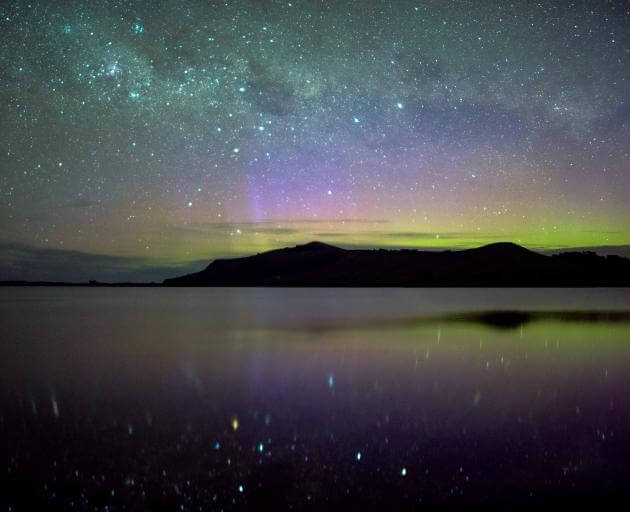
The Otago Peninsula, on the South Island’s coast near Dunedin, is another excellent location for viewing the rare aurora australis (southern lights). The aurora borealis frequently emerges just above the southern horizon off the shoreline, even reflecting in the sea for added enchantment. The sounds of coastal birds always echo across the inlet, providing a soundtrack to your astronomy experience. Given Dunedin’s high population density compared to the other entries on this list, the city has taken significant steps to combat light pollution, promising to replace all city street lights with 3000K LEDs this year. The ultimate goal for Dunedin is to become New Zealand’s first Dark Sky City.
Auckland’s Twharanui
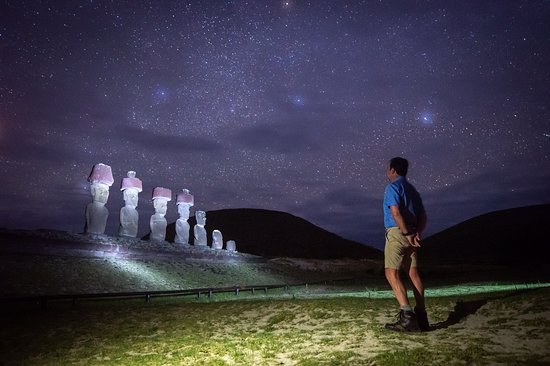
Going stargazing on one of New Zealand’s most remote islands may be amazing, but it may not be logistically viable for many visitors. Twharanui, located just over an hour from Auckland, is likely the most accessible stargazing spot in the country. The Twharanui Peninsula is home to a renowned beach as well as one of New Zealand’s most pristine night skies with comparatively low light pollution. The long beach on the peninsula’s northern tip is regarded as one of the best swimming and surfing spots in the country. There are plenty of neighboring grassy spaces, farmlands, and even an ecology walking trail ideal for stargazing.
Top Things To Do in New Zealand After Dark
